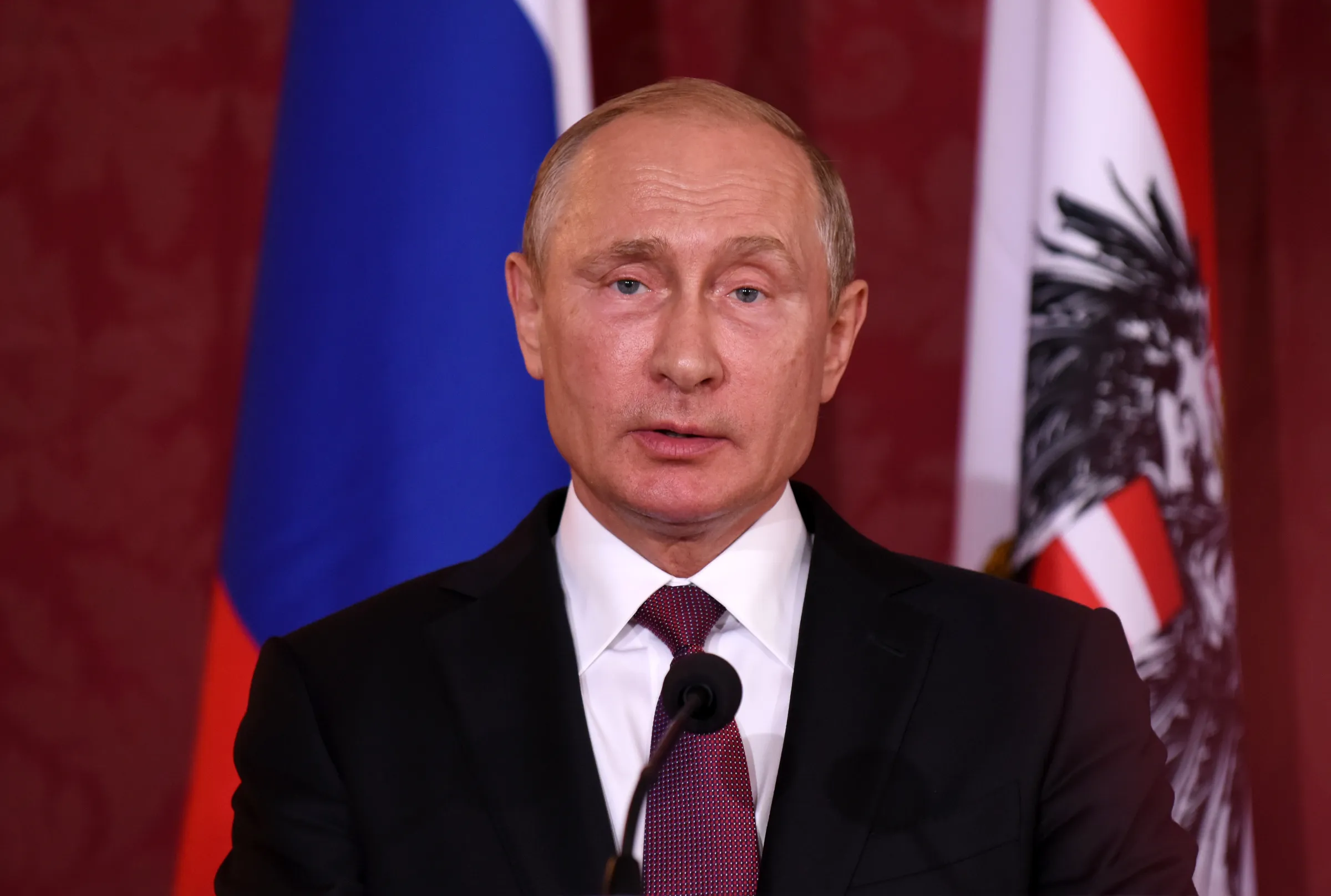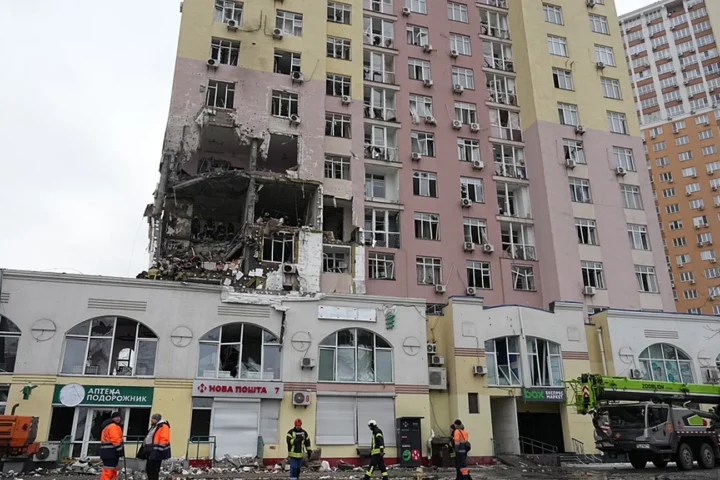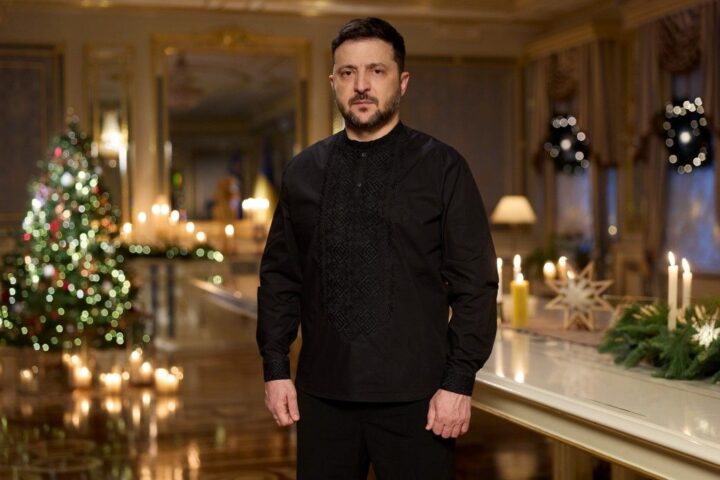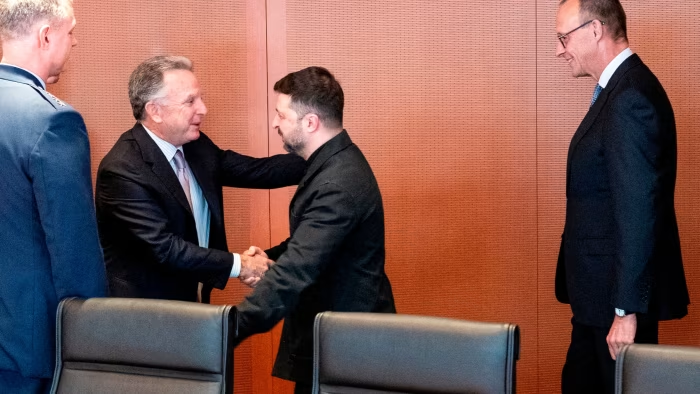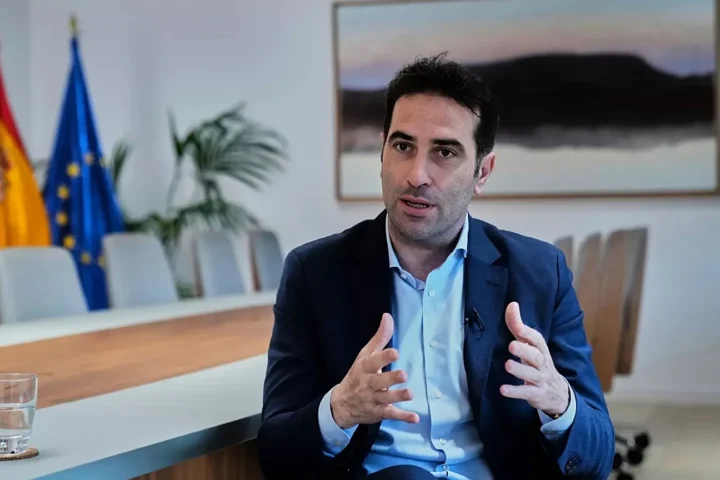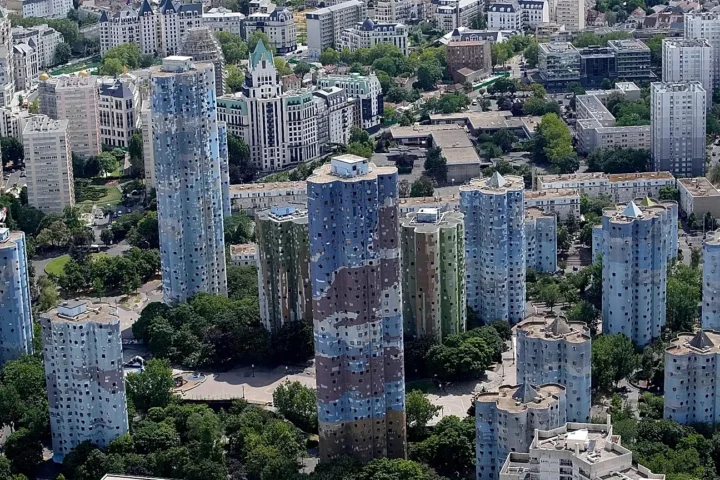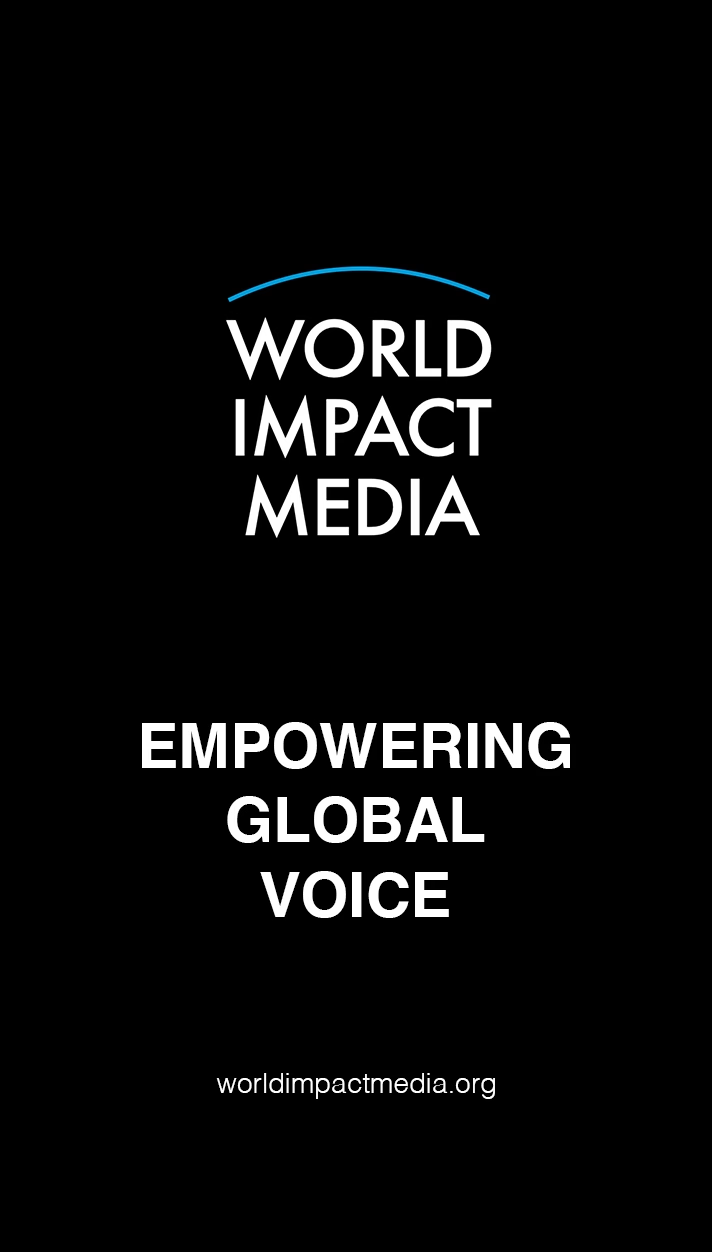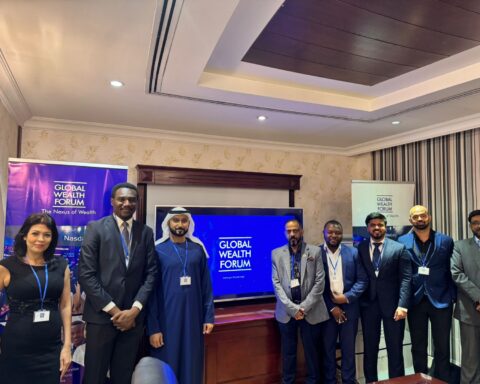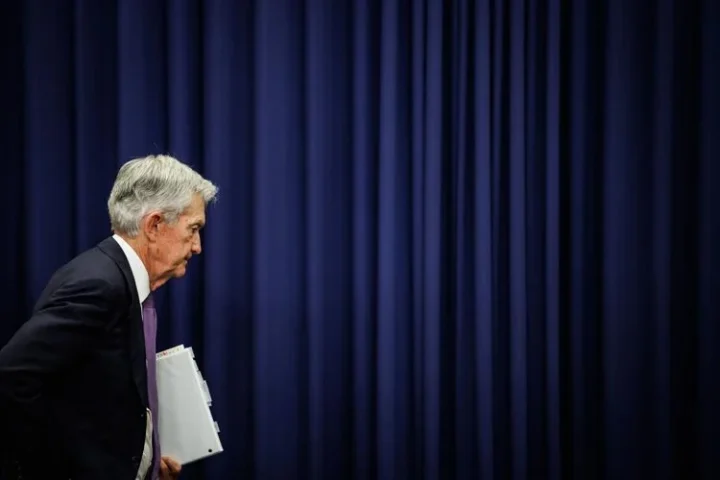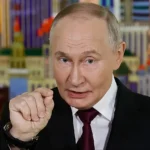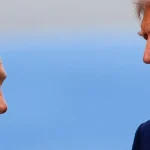As Vladimir Putin and Donald Trump prepare to meet in Anchorage, Alaska on August 15, 2025, the spotlight has shifted in a remarkable way. No longer just about Ukraine, discussions are increasingly zeroing in on arms control as a possible next stage in their strategic interaction. With the New START treaty set to expire in February 2026 and traditional arms-control architecture in tatters, Russia’s president signals a readiness to recalibrate U.S.–Russian nuclear dynamics.
1. Setting the Stage: Summit and Strategic Vacuum
The upcoming summit, held at Joint Base Elmendorf–Richardson, marks their first face-to-face since 2019. While its primary focus is the Ukraine war, Putin has also made it clear that strategic stability and nuclear arms control will be part of the agenda.
2. The New START Timeout: The Treaty in Peril
Signed in 2010, the New START treaty limits both nations to 1,550 deployed nuclear warheads and 700 delivery systems. While it currently remains in place, Russia suspended participation in early 2023, halting inspections and raising global alarms. The treaty cannot be extended again past February 2026, leaving a daunting strategic gap looming.
3. Putin’s Offer: Broaching a New Arms Control Era
Putin has hinted that the summit could open the door to “future agreements on strategic offensive arms control”, framing these not just as bilateral issues but as foundational for global and European peace. His comments reflect a willingness to reengage in formal arms dialogues—if the U.S. is receptive.
4. The U.S. Perspective: Promises from Trump
Trump has suggested that his administration favors diplomatic engagement with Russia—and potentially China—on ways to curb weapon proliferation. He’s floated interest in updating or expanding upon existing frameworks like New START, although critics argue this should not come at the cost of discarding what remains.
5. Wider Geopolitics: The Chinese Question
A key barrier to multilateral arms control is China’s exclusion. Beijing remains unwilling to join Western-sponsored treaties, leaving uncertainty around any future trilateral framework. This complicates attempts to negotiate broader numeric limits beyond what bilateral treaties cover.
6. Arms Control Infrastructure: Collapse or Resilience?
The collapse of cornerstone agreements—INF, Open Skies, New START’s suspension—suggests institutional erosion. However, there remains some hope via the Strategic Stability Dialogue (SSD) launched in 2021, aiming for crisis prevention and disarmament preparation.
7. Summit Outcomes: What’s Possible—and What’s Risky
| Potential Outcome | Implications |
|---|---|
| Extension or renewal of New START limits | Prevents sudden arms race, maintains transparency—requires negotiation. |
| A new, more comprehensive treaty | Aspires to include newer technologies and strategic systems. Difficult yet transformative. |
| Symbolic agreements only | Minimal leverage gains but lacks structural durability. |
| No progress on arms control | Risks ushering in an unchecked strategic arms race post-2026. |
Conclusion
As Putin and Trump prepare for their August 15 summit, the prospect of a renewed arms control framework represents a rare bright spot amid geopolitical turbulence. With New START facing extinction and multilateral agreements imploding, any revival—even symbolic—could be significant. Yet without U.S. initiative, genuine compromise, or integration of broader nuclear players, the outcome may be little more than talk. The summit could set the foundation, but meaningful arms reduction depends on follow-through—and political will across capitals.
